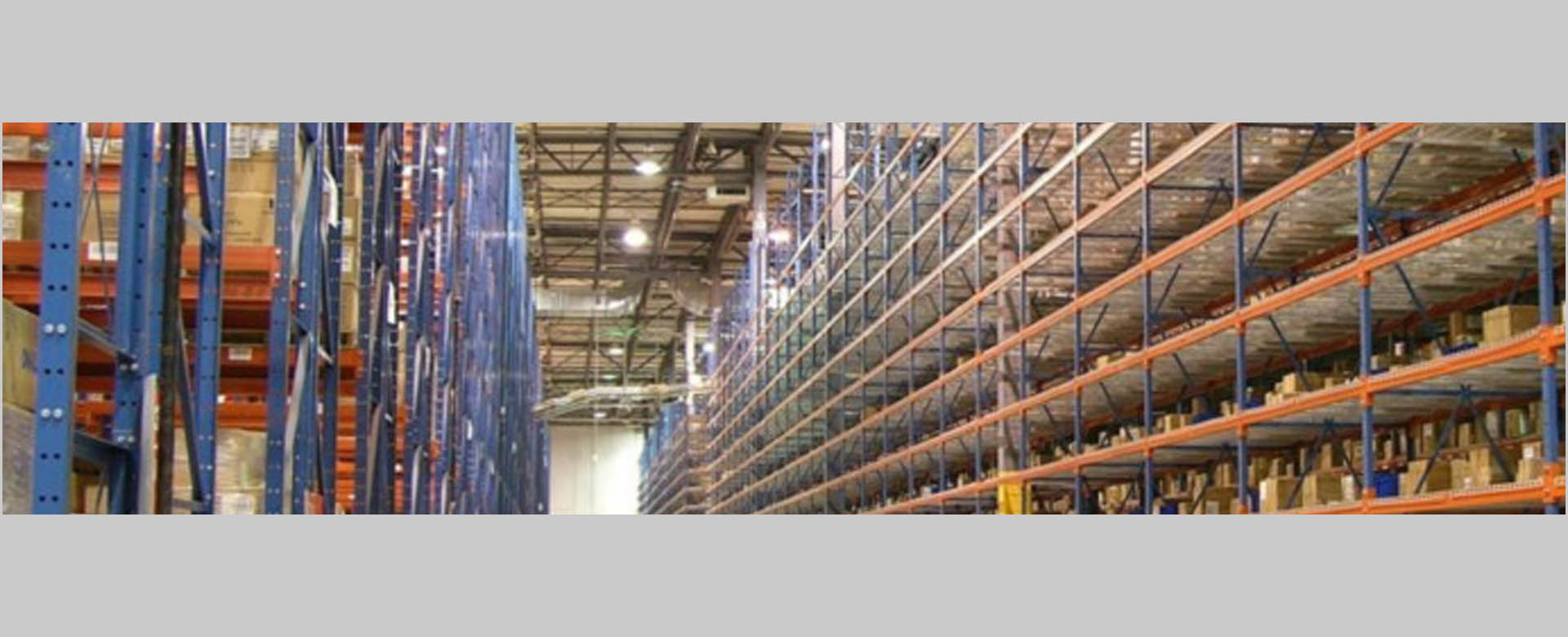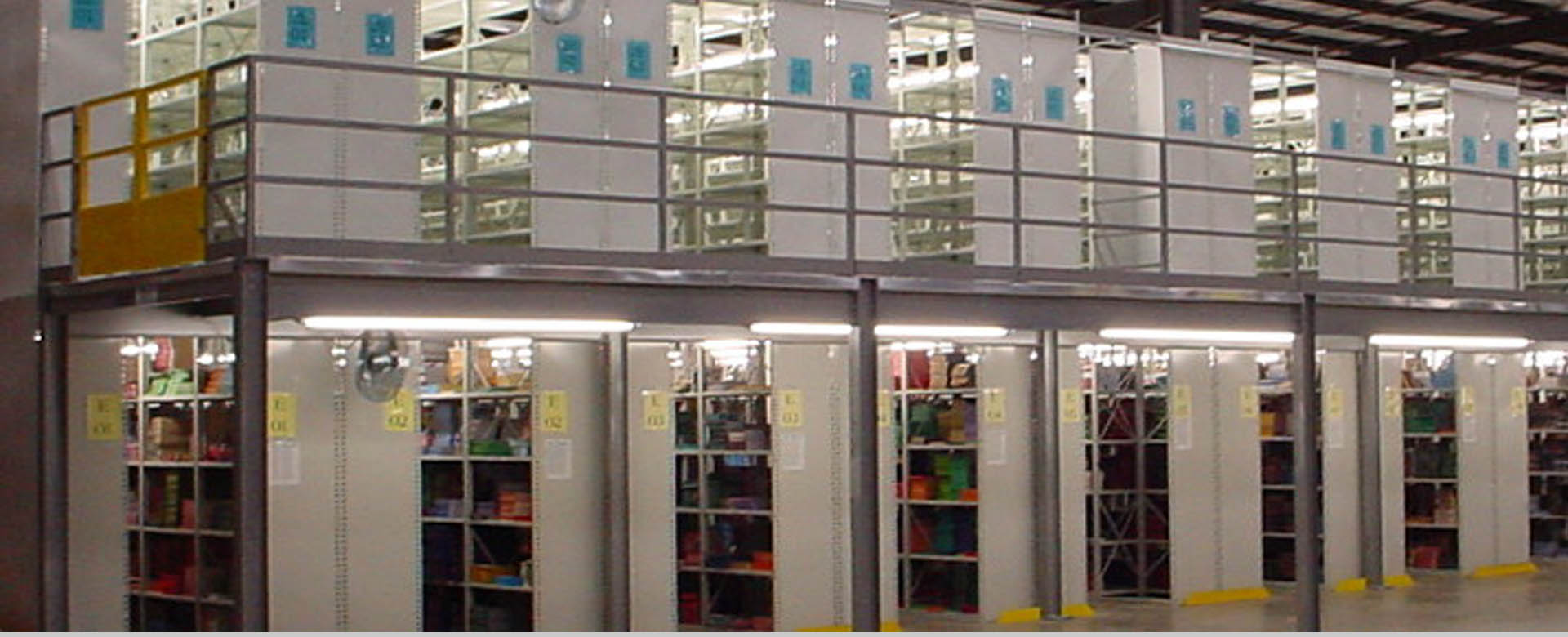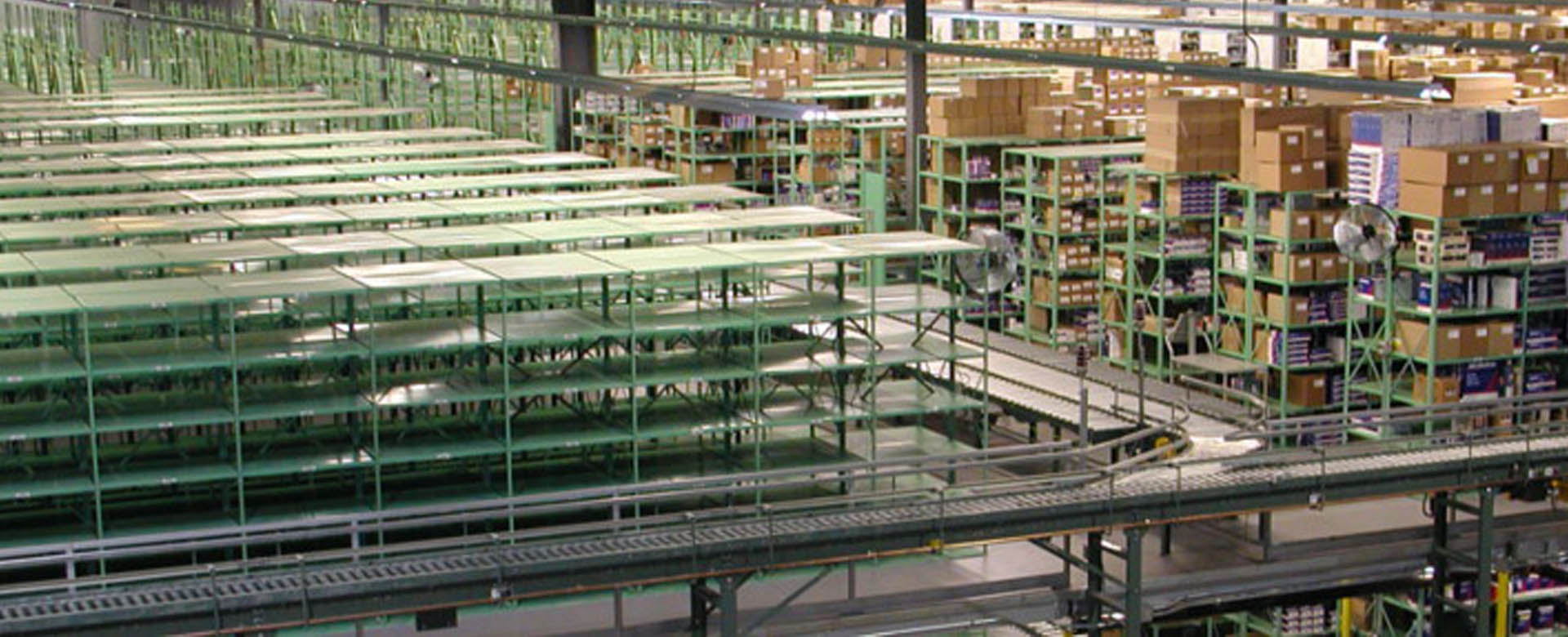Micro-Fulfillment
Order fulfillment is a time-consuming and labor-intensive process, posing challenges for retailers as they attempt to keep up with heightened customer expectations for delivery speed. With rising demands comes the need for businesses to remain competitive in their industries, causing them to aim for faster service experiences.
Micro-fulfillment is the answer to faster order fulfillment. This process aims to maximize order fulfillment speeds by minimizing travel time and labor costs. Automated fulfillment systems and micro-fulfillment centers (MFCs) make this accelerated product delivery possible, using strategically placed facilities and automated technologies to offer greater fulfillment speed and convenience.
Contact UsWhat Is Micro-Fulfillment?
Micro-fulfillment is a retail strategy that optimizes the order fulfillment process through high-density, high-throughput systems. Organizations that rely on micro-fulfillment operate in small-scale warehouses in large cities with high retail activity to keep inventory closer to the consumer. By reducing the distance between facilities and customers, the micro-fulfillment model minimizes transportation costs and delivery times while ensuring fast delivery.
The warehouses in which micro-fulfillment takes place are called micro-fulfillment centers. MFCs are small storage facilities typically spanning 2,000 to 5,000 square feet that are positioned near end consumers for faster fulfillment. These facilities are highly automated, with material handling solutions like automated picking and transfer systems and order management software.
Micro-Fulfillment Strategies
1. In-Store
In-store micro-fulfillment is when companies create MFCs within their existing retail establishments to help them fill online and in-store orders as quickly as possible. Through this strategy, organizations install automated fulfillment systems into their stores without expanding their facilities. As a result, they experience greater scalability, consumer convenience and space optimization. However, in-store micro-fulfillment takes up valuable space within these stores and requires companies to install MFCs in multiple retail locations, making it better suited for large retailers.
2. Dark Stores
Dark stores are distribution centers solely for fulfilling online orders and servicing local retailers. These MFCs are typically located in empty storefronts and are not open to the public.
Through dark store micro-fulfillment, orders can be delivered through several methods. They can either be picked up curbside, sent directly to customers or dropped off at retail locations for pickup. Dark stores can also work with multiple retailers to clear up space faster.
3. Metro E-Commerce Centers
Metro e-commerce centers, also called urban fulfillment centers, are small fulfillment centers in densely populated urban or metropolitan areas. By positioning their MFCs in these spaces, organizations can service local e-commerce customers through delivery or direct shipping. Their close proximity to consumers allows these companies to offer same-day shipping, increase revenue and improve customer experiences.
Benefits of Automated Order Fulfillment Systems
Micro-fulfillment companies enjoy many advantages compared to those that employ conventional order fulfillment methods. That's why many organizations have started embracing automated fulfillment systems for their e-commerce stores.
When you implement micro-fulfillment automation solutions into your business processes, you can expect to experience the following benefits:
- Faster fulfillment: Automated order fulfillment systems minimize manual labor and streamline the material handling process using innovative technologies like picking robots. As a result, companies experience significantly faster order fulfillment, allowing them to keep up with the rapid pace of the e-commerce industry.
- Enhanced customer experience: Because micro-fulfillment solutions facilitate rapid product delivery through localization, they ensure orders make it to end consumers in a timely manner. When customers receive their orders on time, they enjoy a more positive experience.
- Space optimization: Instead of using a large warehouse to service a single brand, MFCs serve multiple retailers out of a small-scale facility, optimizing their space to store as much inventory as possible.
- Scalability: Micro-fulfillment centers allow for increased flexibility, enabling you to easily integrate them into your existing operations to better align your order fulfillment processes to your business needs and easily scale for growth.
- Lower operating costs: MFCs have considerably lower operating expenses than traditional warehouses due to reduced manual labor and space requirements. Their warehouse automation technologies also lead to faster fulfillment, cutting costs for each order.
- Improved workplace safety: Automated micro-fulfillment minimizes manual operations, so warehouse workers don't have to put themselves at risk handling dangerous tasks.
- Greater sustainability: Because MFCs use small, localized facilities, they reduce carbon emissions by minimizing the need for long-haul trucking.
- Competitive advantage: Micro-fulfillment processes enable companies to offer rapid same- and next-day shipping services, putting their organizations a step above the competition.
Types of Micro-Fulfillment Solutions
Micro-fulfillment involves the use of many automated solutions. Some of the many automated order fulfillment systems you can find in an MFC include:
- Autonomous mobile robots (AMRs): AMRs are robots that can comprehend their environments and navigate them freely without the help of an operator or a fixed track. These automation systems use sophisticated sensors and machine learning to perform tasks with optimal efficiency while avoiding any obstructions in their paths.
- Automated storage and retrieval systems (AS/RS): These automated material handling systems buffer, retrieve and store loads rapidly and accurately using technologies like shuttles, carousels and vertical lift modules.
- Goods-to-person (GTP): GTP solutions use automation to deliver SKUs directly to the correct operators or workstations, enabling operators to receive the items they need for order preparation without moving from their stations.
- Robotic small-order sorting: These robotic item sorters handle and deliver a wide range of parcels and items to their designated locations in a single movement.
- Robotic palletizers: Robotic palletizers employ a robotic arm to pick, position and arrange products into pallets.
- Autonomous lift trucks: These automated guided vehicles (AGVs) automate pallet retrieval and transportation without a human operator.
Optimize Your Warehouse With Automated Fulfillment Systems From Siggins
Maximize order fulfillment for your micro-fulfillment company with automated order fulfillment systems from Siggins. We have provided retailers and e-commerce businesses with top-of-the-line material handling and storage equipment since 1946, making us a leading provider of design-build solutions in North America. It's our goal to enable long-term, sustainable growth for our customers by integrating high-value systems that offer a reliable return on investment (ROI).
Contact us for more information on our micro-fulfillment solutions today!
Contact Us




